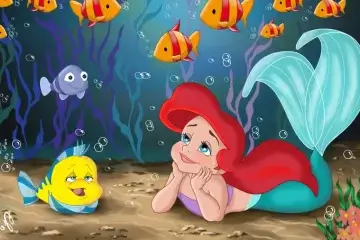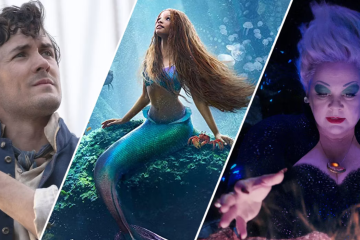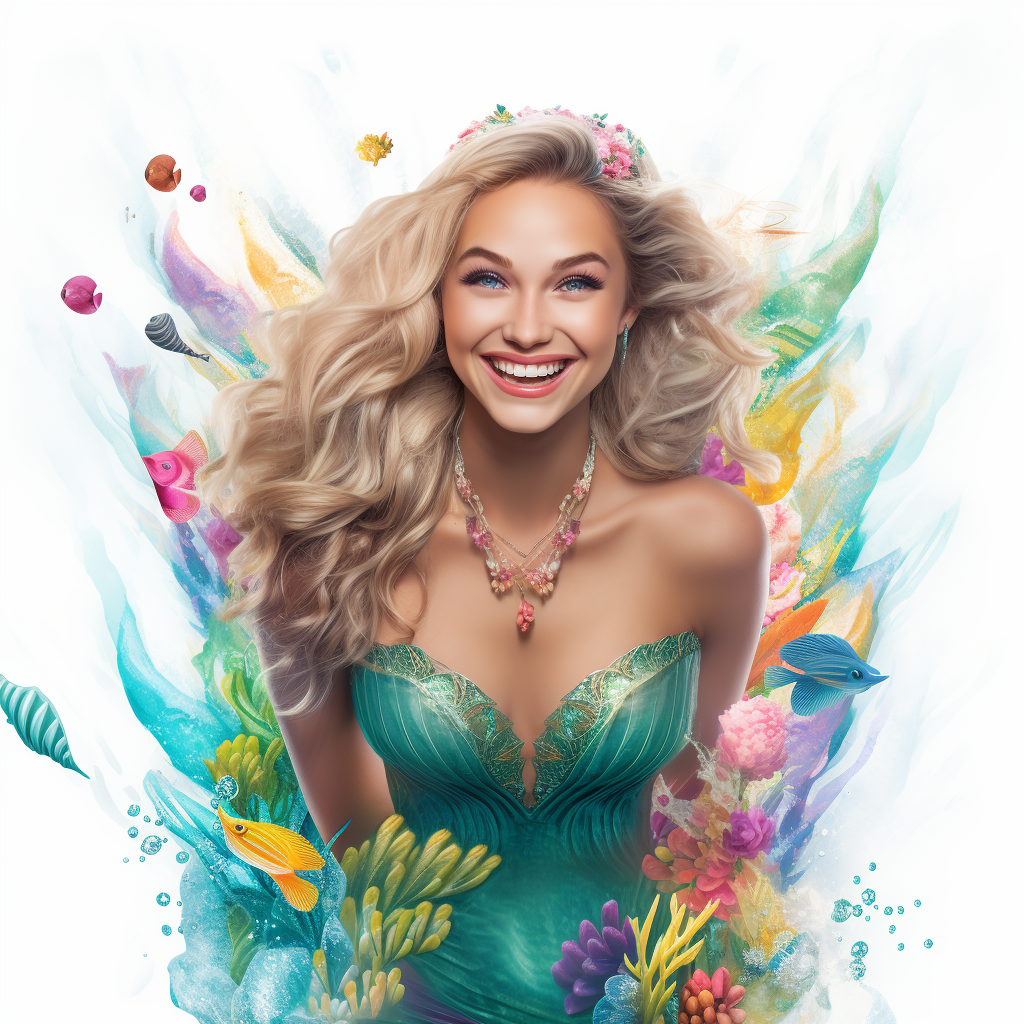Mermaids, the mythical creatures that have populated our collective imaginations, hold a fascination that transcends time and geography. This universal appeal lies not only in their magical, hybrid form, but also in the various meanings they’ve come to represent in popular culture. In this post, we explore the evolution of mermaid representations, tracing their journey from mystical sirens of the deep to nuanced characters of modern narratives.
Our first encounter with mermaids in popular culture often traces back to ancient folklore and mythology. In these tales, mermaids frequently symbolize the unpredictable and perilous nature of the ocean. This was perhaps most apparent in the Sirens of Greek mythology, who beguiled sailors with their enchanting music and voices to shipwreck on the rocky coast. Similarly, the Rusalka from Slavic folklore, often considered mermaid-like beings, were notorious for luring men to their watery demise.
In the Middle Ages, the image of mermaids took on moral undertones. They were frequently depicted in art and literature as vain and seductive creatures, embodying the dangers of earthly temptations. A notable example can be found in the medieval bestiaries, where mermaids often symbolized the sin of lust.
However, with the advent of the romantic era, the portrayal of mermaids started to shift. One of the most influential representations of this time is Hans Christian Andersen’s fairy tale, “The Little Mermaid”. Published in 1837, the story revolves around a young mermaid willing to give up her life in the sea for the love of a human prince. This tale added depth and complexity to the character of the mermaid, moving away from the dangerous seductress trope and towards a sympathetic and sacrificial figure.
This sympathetic depiction was cemented in popular culture with Disney’s animated adaptation of Andersen’s tale. Ariel, the titular little mermaid, is characterized by her curiosity, bravery, and longing for independence. This film not only popularized the image of the red-haired mermaid but also further humanized mermaids, highlighting their desires, dreams, and dilemmas akin to humans.
In recent times, the representation of mermaids has become even more diverse and nuanced. Films and TV series like “Pirates of the Caribbean: On Stranger Tides” and “Siren” have introduced mermaids who are far removed from the traditional doe-eyed damsel. These mermaids are strong, complex, and occasionally menacing, mirroring a broader trend in media towards multifaceted female characters.
From dangerous seductresses to tragic heroines, from animated characters to complex protagonists, the representation of mermaids in popular culture has indeed evolved dramatically over the centuries. This evolution reflects not only our changing relationship with the sea but also our evolving societal norms and values. As we continue to reimagine mermaids in our narratives, we also continue to navigate our understanding of femininity, freedom, and the inherent human fascination with the uncharted territories of the ocean deep.





